Maintaining working smoke alarms and having a family escape plan are just two things every family should consider when it comes to protecting those you love (and live with).
Maintaining working smoke alarms and having a family escape plan are just two things every family should consider when it comes to protecting those you love (and live with).
Home » Installation
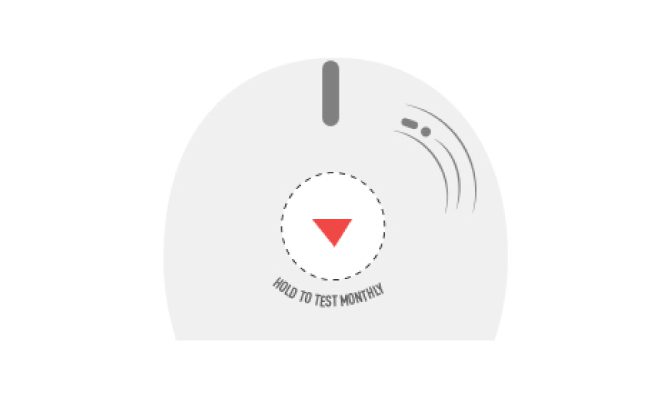

Please refer to the instructions provided with the alarm. If you’re not certain, a smoke and combination smoke/carbon monoxide alarm is typically installed on a ceiling. A carbon monoxide alarm is typically installed on a wall about five feet above the floor.
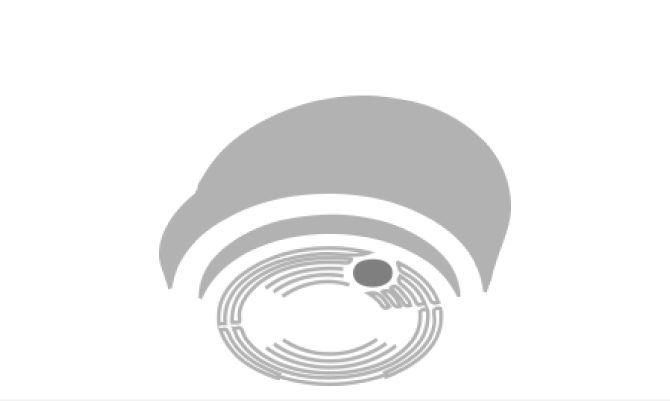

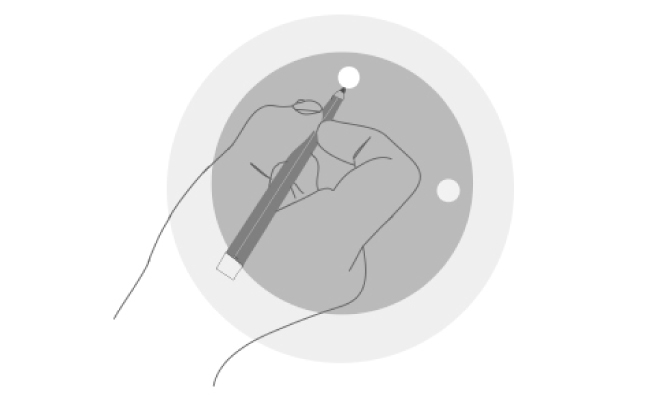
Using the back of the Smoke/carbon monoxide alarm as a template, mark the center of the fixture holes with a pencil.
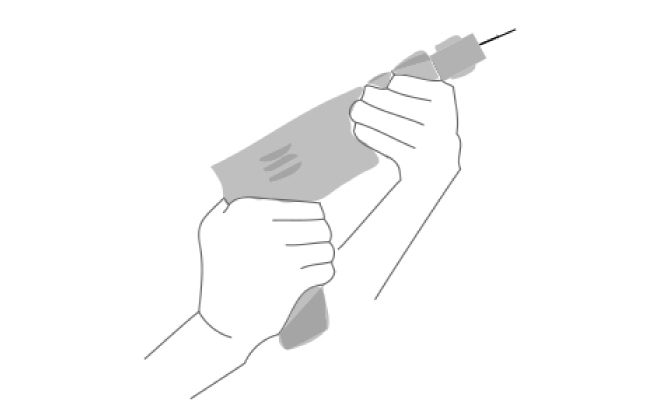

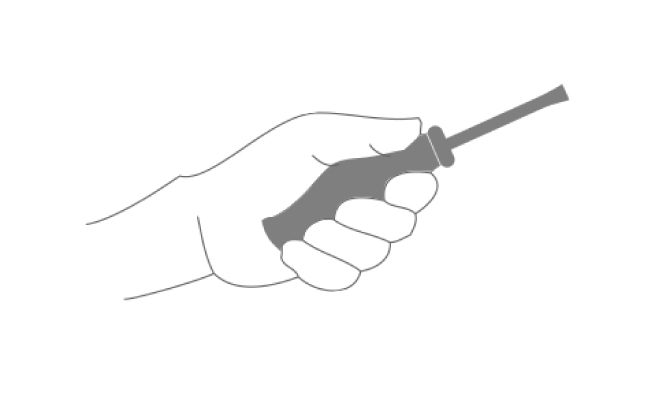

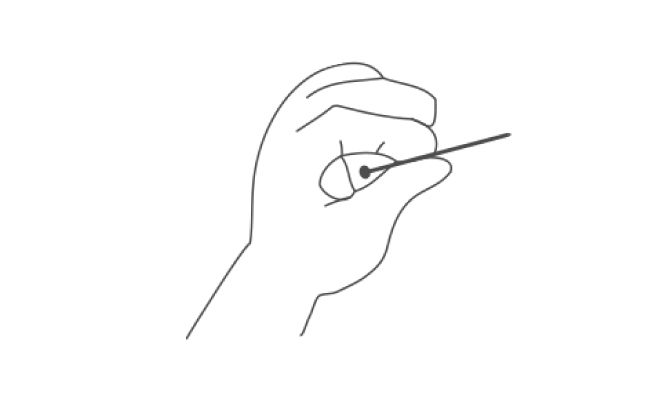

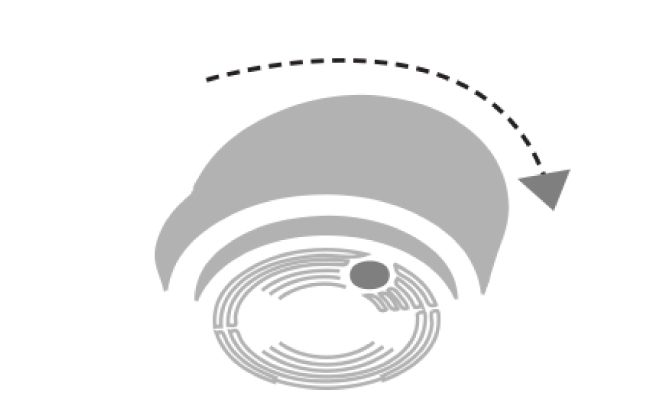

Attach the Smoke/carbon monoxide alarm to the back plate. Most units rotate and “snap” into place.
Test the unit once a month – and replace the batter- ies when you change the clocks for daylight savings and daylight standard time.
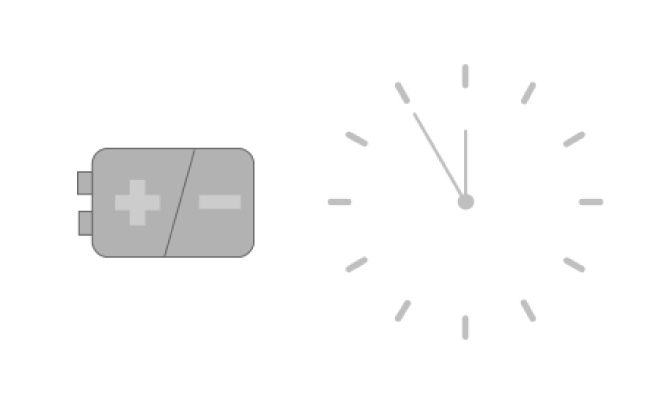

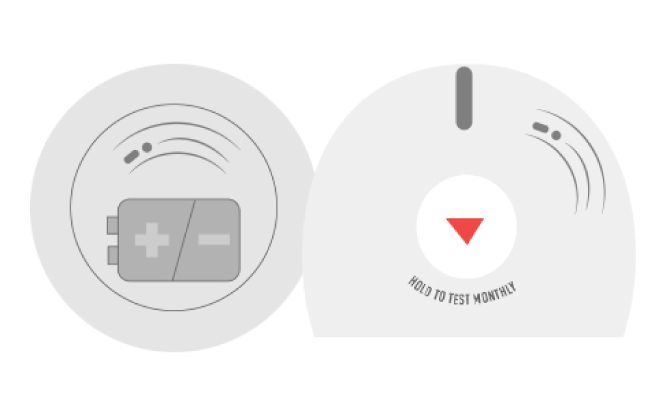

Press the TEST button (again!) to verify that it oper- ates and can be heard easily.